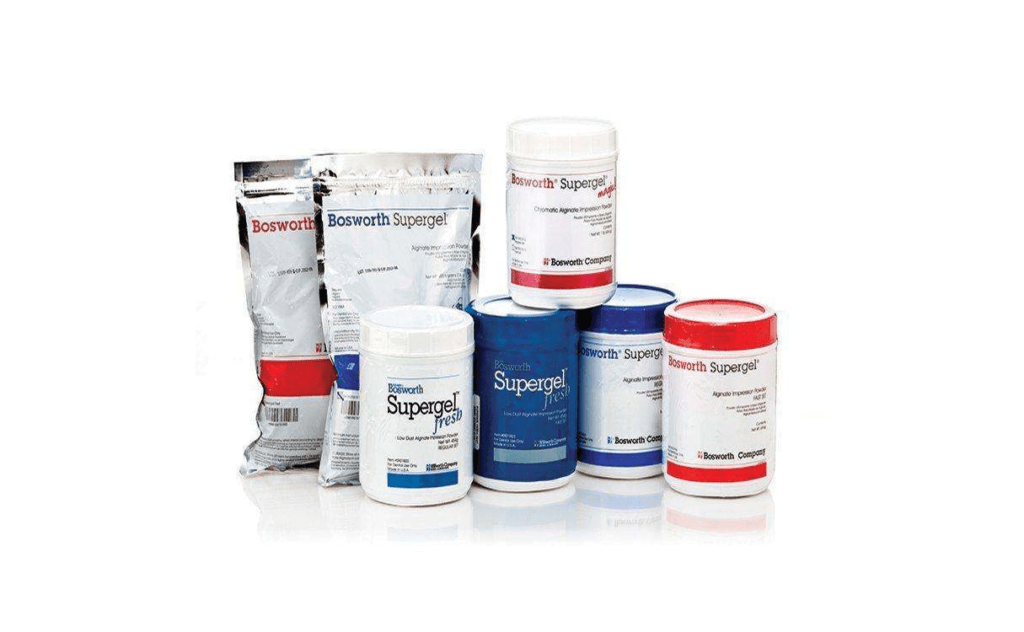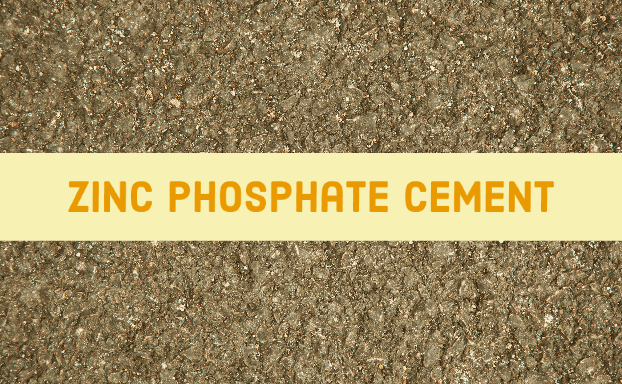In this post we will learn about Hydrocolloids, Sol-Gel Transformation, Uses of Agar – Agar in Dentistry, Composition, Commercial Brands, Supplied As, Preparation and Types of Agar
Hydrocolloids
Agar is a hydrocolloid, which basically consists of gelatin particles suspended in water and water is the dispersion medium.
Solution – uniformly dispersed solute and solvent eg salt in water – exist as a single phase
Suspension – visible insoluble particles in solute e.g. dust in water.
Emulsion – visible insoluble liquid in liquid e.g. oil in water
Sol-Gel Transformation
Hydrocolloids can exists in 2 different forms – SOL and GEL.
Sol – has the appearance & characteristics of a viscous liquid.
Gel – a jelly like elastic semi-solid – produced from sol by a process called Gelation – by formation of fibrils or chains or micelles of the dispersed phase which become interlocked – brush heap structure.
Gelation – The conversion of sol to gel.
The conversion can occur in two ways.
- By temperature changes
- By chemical changes
By temperature changes
Gelation is brought about by a reversible process. Eg Agar. The fibrils are held together by secondary molecular forces. So that they break at slightly elevated temperature and become re-established as the hydrocolloid cools to room temperature.
The temperature at which these changes occurs is the Gelation temperature.
The Gel is converted to sol when it is heater to a higher temperature which is known as Liquifaction temperature.
The temperature lag is known as hysterisis.
By Chemical Changes
Conversion of sol to gel is brought about by chemical reaction, the fibrils thus formed are held together by primary bond and are unaffected by temperature. Hence they are called irreversible hydrocolloid. Eg. Alginate
Gel can be converted to sold by heating, cooling a sol caused it to become a gel.
Agar (hot)[Sol] ← heat to 100 C / cool to 43 → Agar (cold)[Gel]
Agar-Agar
1925 – Alphous Poller – Negacol.
Modified & introduced in dental profession as Dentalcol in 1928
Agar is an organic hydrophilic colloid (polysaccharide) extracted from certain types of seaweed (kelp plant).
It is sulphuric ester of a linear polymer of galactose.
Uses of Agar
Widely used at present for cast duplication
For full mouth impression without deep undercuts
As a tissue conditoner
Composition
Water – 84% – dispersion medium
Agar phase – 13-17% – gelling agent, dispersed
Borates retards – 0.2-0.5% – improves strength and setting of plaster or stone
Potassium sulphate – 1-2% – it counters the retarding effect of borates and provides good surfaces on gypsum models/dies
Alkyl benzoates – 0.1% – preservatives
Fillers like diatomaceous earth, clay, silica, wax, rubber and inert powder for control of strength, viscosity and rigidity.
Coloring and flavoring agents (traces)
Commercial Brands
Acculoid / Cartrilloid (Van R)
Sugident (Lactona)
Cohere / SuperBody / SuperSyringe (Ghingi-pak)
Indentic (Cadco)
Supplied As
Solid gel in collapsible tubes (for impression)
No. of cylinders in glass jar (Syringe matreial)
In bulk containers (for duplication)
Preparation of Agar
Cleanliness, maintenance and care of the conditioner and strict adherence to time and temperature are mandatory.
The water pots should be clean and free of any foreign material, eg, wax, calcium deposits and “scum” from the boiling water.
Keep Conditioners clean
Failure to keep pots clean will result in temperature variations
Clean cool distilled water is placed in the three pots
The conditioner is turned on.
Thirty minutes should be allowed for the water to reach the desired temperature before proceeding.
The boiling pot temperature should be maintained.
The water is brought to a boil, and boiling is continued for 10 minutes.
Tooth preparation – should be caries free, without undercuts (if present – should be filled with cements resins or composites)
The cervical margins should be distinct
Trays should be selected and tried in the patients mouth before the impression material is placed in them.
There should be 3 mm of impression material around the teeth occlusally and laterally.
Types of Agar
Heavy bodied – in poly tubes or flex skins
Medium bodied
Regular bodied
Light bodied – in syringes
In next post we will learn about Manipulation of Agar, Conditioning Unit and Properties of Agar https://dentalpockets.com/blog/manipulation-agar-agar-in-dentistry-part-2/
To buy premium agar visit https://dental.keystoneindustries.com/product/supergel-alginate-impression-material/


